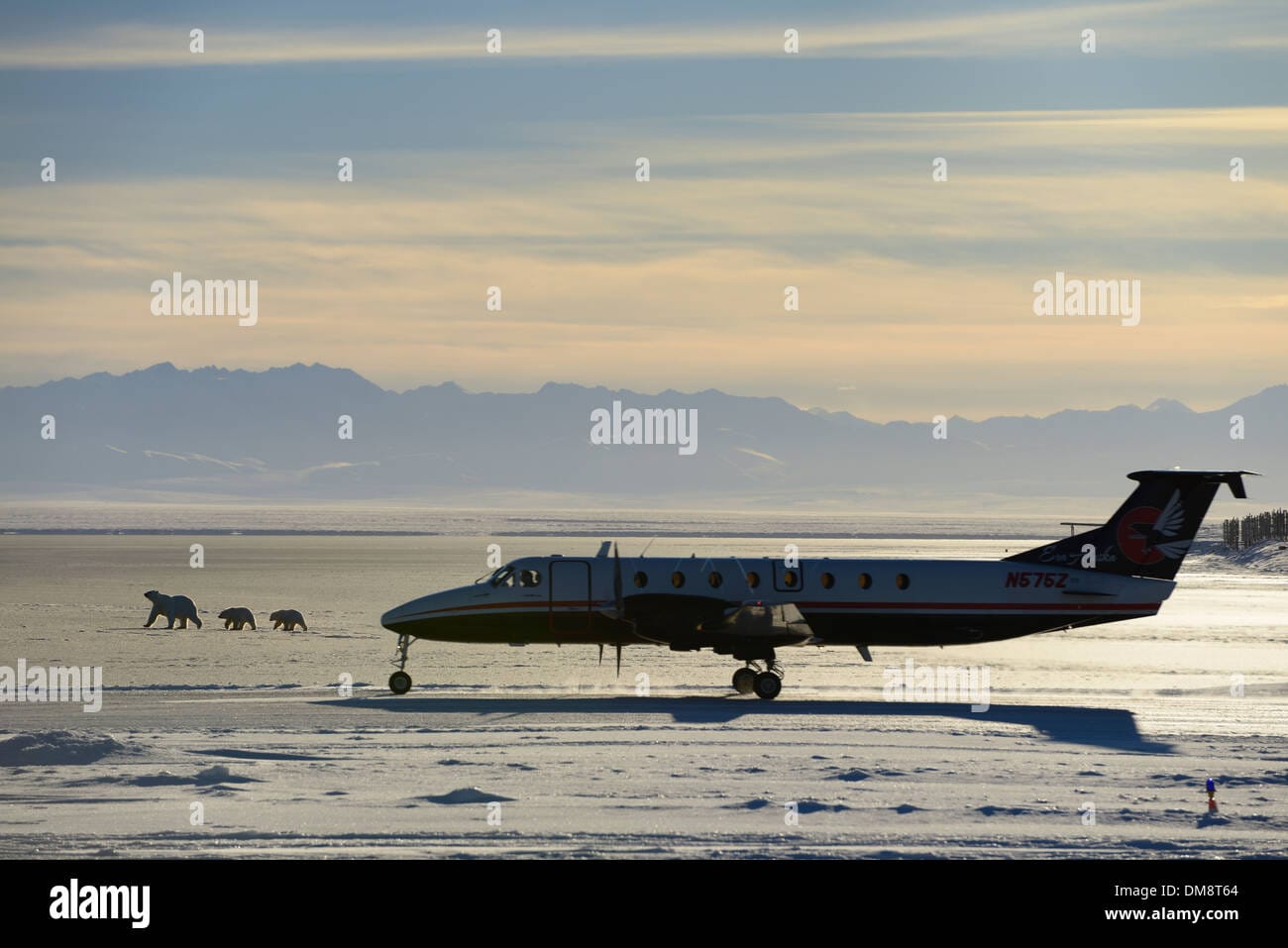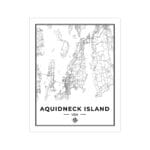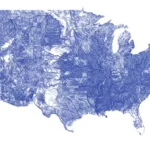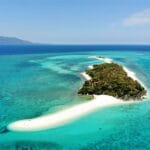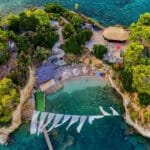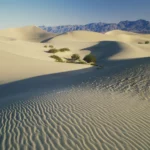Kaktovik, Alaska: a unique Arctic village offering unparalleled polar bear viewing opportunities within the Arctic National Wildlife Refuge. Experience the Inupiat culture firsthand in this remote Alaskan community, adapting to a changing Arctic landscape. Witness the polar bears of Kaktovik during their fall congregation, a truly awe-inspiring natural phenomenon. Journey to Kaktovik and experience the vibrant blend of wildlife, indigenous culture, and the challenges of life above the Arctic Circle.
Polar Bears and the Inupiat: A Story of Kaktovik
Imagine a remote Alaskan village where polar bears outnumber people. This is Kaktovik, nestled on Barter Island within the vast Arctic National Wildlife Refuge. Each autumn, as the Beaufort Sea freezes, these magnificent creatures gather near the shore, waiting to hunt seals. This annual event transforms Kaktovik into a remarkable polar bear paradise. Witnessing these majestic predators in their natural habitat, strolling along icy beaches, is an experience few are fortunate enough to have. For those seeking adventure, discover the majestic heights of Bozeman, MT, or plan an unforgettable fishing trip to the stunning Antero Reservoir.
But Kaktovik’s story goes beyond polar bears. It’s a place where the rich tapestry of Inupiat culture is interwoven with the Arctic landscape. For generations, the Inupiat people have thrived in this harsh yet beautiful environment, their traditions and subsistence practices deeply connected to the land and sea. Whaling, a cornerstone of their cultural heritage, remains a vital practice, symbolizing their profound connection to this extraordinary ecosystem. To truly understand Kaktovik, engage with the local community. Their stories offer invaluable insights into a way of life rooted in respect for the natural world.
Planning Your Arctic Adventure: Reaching Kaktovik
Reaching this remote Alaskan village requires careful planning. There are no roads to Kaktovik; air travel is the only option. Flights to Kaktovik Airport (PKA) are available from Fairbanks and other Alaskan hubs. The Kaktovik Inn provides accommodation and essential services in this isolated outpost. Be aware that the cost of living is higher due to the logistical challenges of supplying such a remote location.
| Essential Trip Planning Details | Information |
|---|---|
| Location | Barter Island, North Slope Borough, Alaska |
| Airport | Kaktovik Airport (PKA) |
| Accommodation | Kaktovik Inn |
| Transportation | Air travel only |
| Polar Bear Viewing Season | September-October |
Kaktovik and the Changing Arctic: Challenges and Opportunities
Kaktovik stands as a poignant example of climate change’s impact. Rising sea levels erode the coastline, threatening the community. Shifting sea ice patterns disrupt traditional hunting practices. Yet, the Inupiat demonstrate remarkable resilience, adapting to these unprecedented changes with unwavering determination. Kaktovik offers a powerful lens through which to witness climate change’s tangible effects on a community.
While polar bears are iconic, Kaktovik’s ecosystem is rich with biodiversity. Whales breach the icy waters, caribou traverse the tundra, and diverse bird species fill the air. For nature enthusiasts, Kaktovik offers abundant wildlife viewing opportunities.
The future of Kaktovik is intertwined with the debate over oil drilling in ANWR. This issue raises complex questions about balancing conservation and development. What path will the community choose? What does the future hold for this unique place and its resilient people? The story of Kaktovik is still being written, a compelling narrative of a community navigating a rapidly changing world.
Who Calls Kaktovik Home?
The residents of Kaktovik are primarily Inupiat people, a group with deep Arctic roots, numbering approximately 267 in 2024 (down from 283 in 2020). They maintain a strong connection to their cultural heritage while adapting to the modern world. Subsistence hunting of caribou and whale remains a vital part of life. Kaktovik’s history is a fascinating blend of ancient traditions and modern influences. Originally a key trading center, the construction of a DEW Line station during the Cold War brought significant change. More recently, polar bear tourism has emerged as a prominent part of the town’s identity.
Located on Barter Island (70°7′58″N 143°36′58″W, elevation 36 ft/11 m) within the Arctic National Wildlife Refuge, Kaktovik is nestled between Arey Lagoon and Kaktovik Lagoon, overlooking the Beaufort Sea. This location, while beautiful, presents challenges. The tundra climate, with its long, dark winters, requires resilience. Climate change, particularly coastal erosion and shifting sea ice, poses a constant threat.
The future of Kaktovik is uncertain. How will the Inupiat preserve their traditions while embracing new opportunities? How will they navigate climate change? Some experts suggest relocation may be necessary in the long term; others believe adaptation strategies offer a viable path. Current research focuses on understanding these complexities, and our understanding is likely to evolve.
“Closed” Kaktovik: A Misconception
The question “Why is Kaktovik closed?” arises due to the influx of polar bears driven ashore by shrinking sea ice. This has led to changes, not closure. The disappearing ice forces bears to seek sustenance elsewhere, often at Kaktovik’s “bone pile,” remnants of whale hunts. While the village is not literally closed, the significant polar bear presence contributes to the perception of restricted access.
This increased polar bear presence has also transformed Kaktovik into a “polar bear capital,” attracting tourists. While beneficial for the local economy, this raises questions about the impact on the Iñupiat culture and traditional way of life. Balancing tourism with cultural preservation and safety is an ongoing challenge.
Kaktovik’s proximity to ANWR further complicates matters. Debates surrounding oil drilling have significant implications for the community and the Arctic ecosystem. The decisions made will profoundly shape the future, not only for Kaktovik, but for the entire region. It’s important to remember that our understanding of these complex issues is constantly evolving. Ongoing research may lead to new perspectives and solutions.
Kaktovik’s Population: A Closer Look
Current estimates place Kaktovik’s 2024 population around 267, a slight decrease from the 283 residents counted in the 2020 census. This decline might be attributed to various factors, including limited job opportunities and the challenges of living in a remote location facing climate change.
Kaktovik is deeply rooted in Iñupiat tradition, with over 95% of its inhabitants belonging to this indigenous group. Subsistence hunting of caribou and whales remains central to their way of life, connecting them to their ancestors and the land.
Kaktovik’s location within ANWR provides both protection and limitations. Balancing conservation efforts with the needs of the community is a complex, ongoing process.
The increasing presence of polar bears due to climate change has led to a rise in tourism, presenting both economic opportunities and challenges. Balancing the benefits of tourism with the preservation of the Iñupiat way of life and the safety of both residents and bears requires careful management and ongoing adaptation. Research continues to explore these issues, seeking solutions that benefit all stakeholders.
| Statistic | Value |
|---|---|
| Estimated 2024 Population | 267 |
| 2020 Census Population | 283 |
| Predominant Ethnicity | Iñupiat (over 95%) |
It’s important to note that population figures are estimates, and ongoing research will provide a more complete picture of Kaktovik’s demographic trends. The story of Kaktovik is one of adaptation, resilience, and the interplay between tradition and change in a rapidly evolving Arctic.
